MAIN VENUES
Aichi Arts Center
The Aichi Arts Center is a cultural complex that was opened in the center of Nagoya City in 1992 to act as a base for art and culture in Aichi Prefecture. It comprises the following facilities: the Aichi Prefectural Museum of Art, which houses a rich collection of work from Japan and abroad, with a focus on 20th century art; the Aichi Prefectural Art Theater, which includes the Main Theater, Concert Hall, and Mini Theater; and the Aichi Prefectural Arts Promotion Service, which consists of an Art Space, Art Library, and Art Plaza.


Courtesy of Aichi Arts Center
Hours
10:00 to 18:00 (20:00 on Fridays)
*Last admission 30 min before closing timeClosed on Mondays (except for public holidays)
 Aichi Arts Center (B2F)
Aichi Arts Center (B2F)
 Aichi Prefectural Museum of Art (10F)
Aichi Prefectural Museum of Art (10F)
- AC02aMarcel Broodthaers
- AC03On Kawara
- AC04aOkumura Yuki
- AC05Roman Ondak
- AC04bOkumura Yuki
- AC06aWago Ryoichi
- AC07Robert Breer
- AC08Micheck Masamvu
- AC09Shiomi Mieko
- AC10aMiwa Mitsuko
- AC11aRita Ponce de León
- AC11bRita Ponce de León
- AC11cRita Ponce de León
- AC12Pablo Dávila
- AC13Fanny Sanín
- AC14André Komatsu
- AC15Kaz Oshiro
- AC16Kader Attia
- AC17Jimmy Robert
- AC18Hoda Afshar
- AC19Adachi Tomomi
- AC20Yokono Asuka
- AC21Oizumi Kazufumi
- AC22Ura Ayaka+Koyama Yuya
 Aichi Prefectural Museum of Art Gallery (8F)
Aichi Prefectural Museum of Art Gallery (8F)
- AC02bMarcel Broodthaers
- AC23Diemut Strebe
- AC24Kate Cooper
- AC25aSasamoto Aki
- AC26Diedrick Brackens
- AC27Momose Aya
- AC28Liliana Angulo Cortés
- AC29Mohammed Sami
- AC30Han Ishu
- AC31Shwe Wutt Hmon in collaboration with Kyi Kyi Thar
- AC25bSasamoto Aki
- AC32aClaudia Del Río
- AC33Kodera Yoshikazu
- AC34mirukusouko (Milk Warehouse)+The Coconuts
- AC35ARAKAWA and Madeline Gins
- AC36Mary Dhapalany
- AC37Byron Kim
- AC32bClaudia Del Río
- AC38Abdoulaye Konaté
- AC39Kishimoto Sayako
- AC10bMiwa Mitsuko
- AC40Jacobus Capone
- AC41Laurie Anderson & Huang Hsin-Chien
- AC42Watanabe Atsushi (I’m here project)
- AC06bWago Ryoichi
- AC43Majima Tatsuo
- AC44Åbäke & LPPL
- AC45Tokushige Michiro
- AC46Inoue Yui
- AC47AHA![Archive for Human Activities]
- AC48Yamamoto Takayuki & Shōjō Collective
Artists performing at or nearby the Aichi Arts Center
- AC50aTrajal Harrell
Mini Theater, Aichi Prefectural Art Theater (B1) - AC50bTrajal Harrell
Mini Theater, Aichi Prefectural Art Theater (B1) - AC51Steve Reich
Nagoya City Performing Arts Center - AC52aBack to Back Theatre
Large Rehearsal Room, Aichi Prefectural Art Theater (B2) - AC53aShiomi Mieko
Large Rehearsal Room, Aichi Prefectural Art Theater (B2) - AC53bShiomi Mieko
Large Rehearsal Room, Aichi Prefectural Art Theater (B2) - AC54Adachi Tomomi
Large Rehearsal Room, Aichi Prefectural Art Theater (B2) - AC55John Cage
Mini Theater, Aichi Prefectural Art Theater (B1) - AC56Nakamura Yo
Mini Theater, Aichi Prefectural Art Theater (B1) - AC57Imai Chikage
Mini Theater, Aichi Prefectural Art Theater (B1) - AC58Rabih Mroué
Mini Theater, Aichi Prefectural Art Theater (B1) - AC59Apichatpong Weerasethakul
Large Rehearsal Room, Aichi Prefectural Art Theater (B2) - AC60Momose Aya
Mini Theater, Aichi Prefectural Art Theater (B1) - AC52bBack to Back Theatre
Fushimi millionza
Ichinomiya City
Ichinomiya City (population approx. 380,000) is located in the Owari area in northwest Aichi. The city’s name, literally “first shrine,” comes from Masumida Shrine, which was the highest-ranked shrine in former Owari Province. In the Edo period, Ichinomiya flourished as a producer of cotton fabrics, later converting to silk-cotton fabrics and wool and becoming known as “Ichinomiya, city of textiles.” Exhibitions are held in the Orinasu Ichinomiya and former Ichinomiya Central Nursing School near Ichinomiya Station, as well as in the Sumi Memorial Hall, the only Kenzo Tange-designed building in the prefecture, and other venues in the Bisai area.
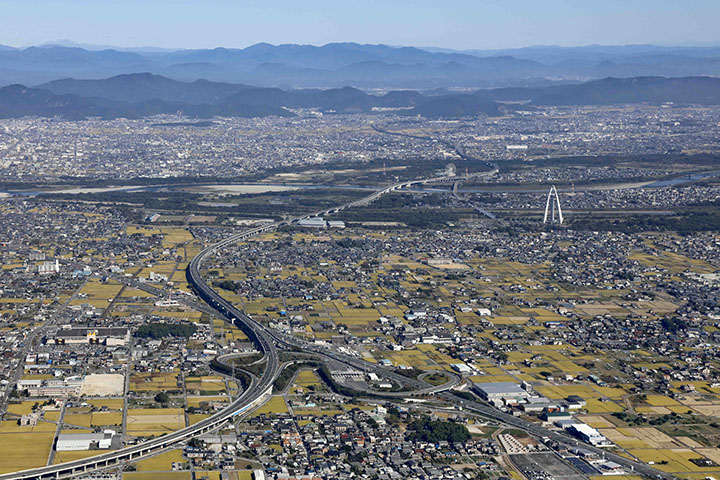
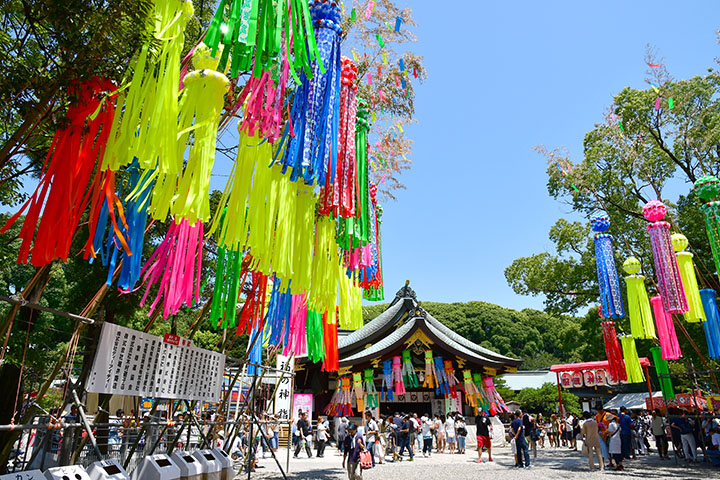
Hours
10:00 to 18:00 (Ichinomiya City Hall closes at 17:15)
*Last admission 15 min before closing timeClosed on Mondays (except for public holidays)
 Orinasu Ichinomiya
Orinasu Ichinomiya
 Tsumugi Road (Exterior Wall of Public Restroom)
Tsumugi Road (Exterior Wall of Public Restroom)
 Ichinomiya City Hall (10:00-17:15)
Ichinomiya City Hall (10:00-17:15)
 Former Ichinomiya Central Nursing School
Former Ichinomiya Central Nursing School
- IC04Kondo Aki
- IC05Daisuke Kosugi
- IC06Watermelon Sisters
- IC07Masuyama Kazuaki
- IC08Kaylene Whiskey
- IC09Lothar Baumgarten
- IC10Jackie Karuti
- IC11Hsu Chia-Wei
- IC12aShiota Chiharu
- IC13Ishiguro Kenichi
- IC14Nyakallo Maleke
 Former Ichinomiya City Ice Skate Rink
Former Ichinomiya City Ice Skate Rink
 Omiya Park
Omiya Park
 Toyoshima Memorial Museum
Toyoshima Memorial Museum
 KUNISHIMA CO., LTD.
KUNISHIMA CO., LTD.
 Nokogiri2
Nokogiri2
 Sumi Memorial Hall
Sumi Memorial Hall
Tokoname City
Tokoname (population approx. 60,000), located on the west coast of the Chita Peninsula, is one of Japan’s six ancient pottery kiln sites (along with Seto, Shigaraki, Echizen, Tamba, and Bizen), known since the Heian period for its “Kotokoname” pottery. Changing with the times to produce teapots in the Edo period and clay pipes and tiles since the Meiji period, ceramics remains the town’s main industry. Exhibits are planned for the former Pottery Factory, the Takita Family Residence (old shipping family), centering on the “Pottery Footpath,” which retains the atmosphere of the early Showa period, and the INAX Museums.
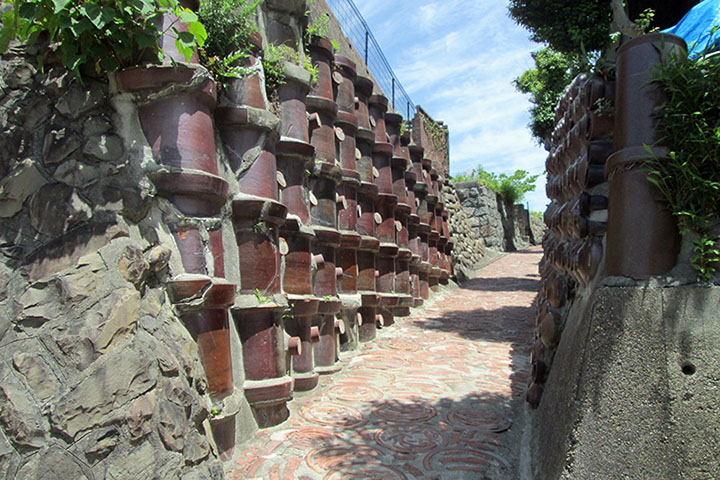

Hours
10:00 to 17:00
*Last admission 15 min before closing timeClosed on Wednesdays
 Former Earthenware Pipe Factory (Maruri-Toukan)
Former Earthenware Pipe Factory (Maruri-Toukan)
- TK01Delcy Morelos
- TK02Thierry Oussou
- TK03Glenda León
- TK04Hattori Bunsho+Ishikawa Ryuichi
- TK05Theaster Gates
 Shipping Agent Takita House
Shipping Agent Takita House
 TSUNE ZUNE
TSUNE ZUNE
 Former Pottery Factory (Aoki-Seitoujyo)
Former Pottery Factory (Aoki-Seitoujyo)
 Former Teapot Store & Former Fishmonger
Former Teapot Store & Former Fishmonger
 INAX Museums
INAX Museums
Arimatsu, Nagoya City
Located in southeastern Nagoya City, Arimatsu is a town along the Tokaido established by the Owari feudal domain in 1608. Known for Arimatsu-Narumi Shibori, the town retains the feel of Edo-period ukiyo-e landscapes and conveys traditional culture in the form of its townscape and festival floats. Arimatsu has been designated an important cultural property by the city of Nagoya and Japan’s Agency for Cultural Affairs. Exhibits are held in historic buildings and workshops along the Tokaido.
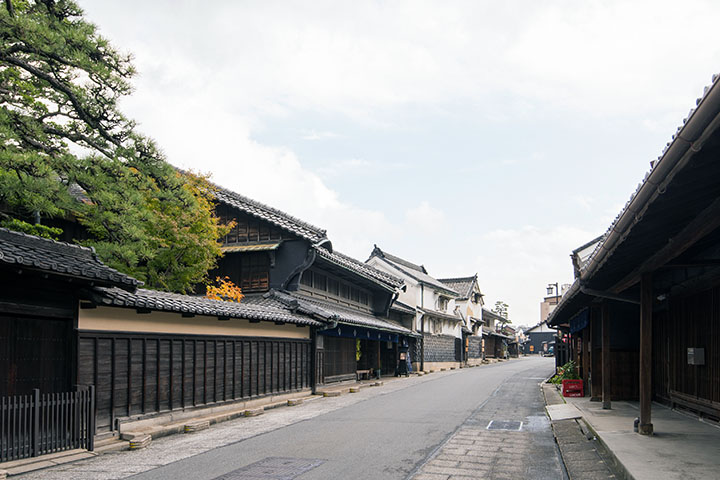
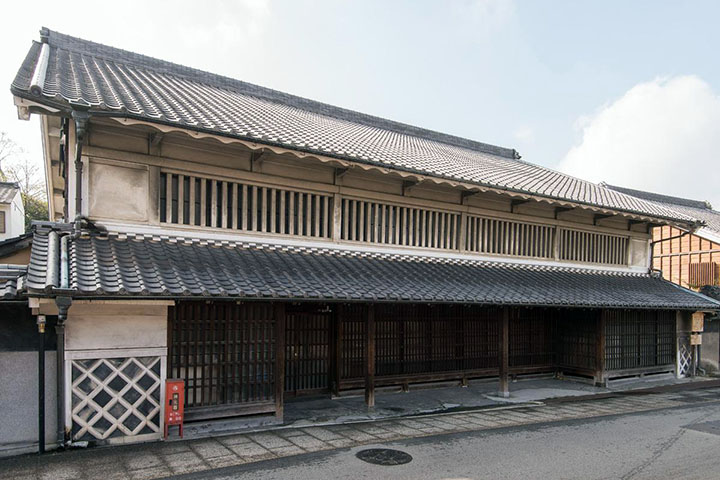
Hours
10:00 to 17:00
*Last admission 15 min before closing timeClosed on Wednesdays


![STILL ALIVE Aichi Triennale 2022, July 30 (Saturday) to October 10 (Monday, public holiday), 2022 [73 days]](/2022/en/img/title-logo-date-en.svg)












